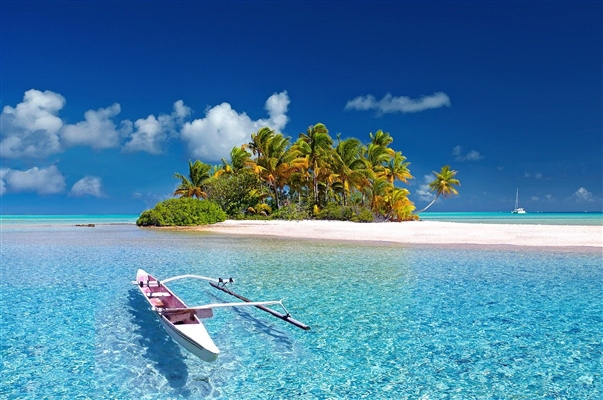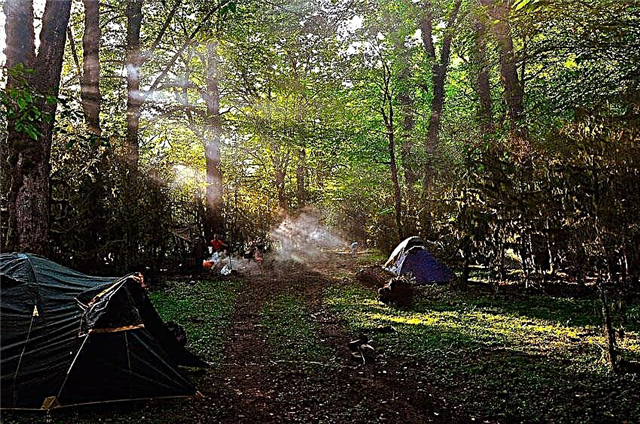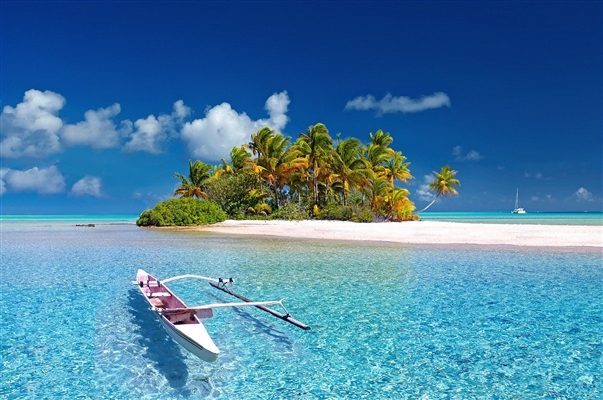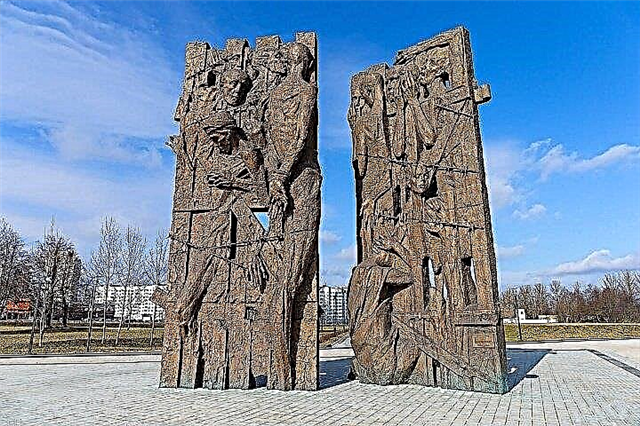The geographical position and favorable climate made the Crimea a favorite place for recreation of the nobility in the era of the monarchical system in Russia. For this reason, palace complexes of various styles were built here, many of which have survived to this day. Visiting the palaces of the Black Sea coast is a must for most tourists.
Some of these sights are heard even by the uninitiated, for example, the silhouette of the Swallow's Nest is familiar even to those who have never been to Crimea before. A distinctive feature of local palaces is underlined laconicism. The luxury of decoration often coexists with the severity of lines in architecture and practicality in terms of the use of the area, both of the main building of the complexes and of adjacent buildings.
The most interesting and beautiful palaces of Crimea
List, photo with titles and descriptions!
Livadia Palace
Built at the end of the 19th century in the neo-Renaissance style. Located in Livadia - in a village three kilometers from Yalta. The palace was the summer residence of the imperial family under Alexander II and the place of death of Alexander III. The Yalta conference was held here, in honor of which the composition of the work of Tsereteli was installed. Later, a monument to Nicholas II appeared nearby. There are many original buildings and structures in the extended park.

Massandra Palace
Construction began at the end of the 19th century and was interrupted twice. Located in the village of Upper Massandra. This area often changed owners during that period. When the construction of the palace was completed, it became the residence of Alexander III. Now there is a museum there. Some of the walls and decorations were restored or replaced with analogs. However, a lot of unique things have survived: mirrors, a fireplace, mahogany furniture.

Khan's palace in Bakhchisarai
Founded around the 16th century. It was originally the residence of the khans. The mosque and baths have survived from that period. The rulers of the Russian Empire have repeatedly stayed here. The palace complex includes many buildings, gardens of different orientations, an old cemetery, stables, towers, fountains, and more. Currently, the museum is open to the public and acquaints visitors with the attributes of different eras.

Swallow's Nest
Founded in 1912. Located in the village of Gaspra. Built on a rock on the site of an old wooden building. The castle is made in the Gothic style. Restorations were carried out here several times, the complex was in disrepair, but now it appeared before the public in its original form. Guided tours of the museum, which is now the Swallow's Nest, are held all year round.

Karasan Palace
It acquired its current appearance in the 80s of the XIX century. Built near the village of Partenit in the Moorish and Neo-Moorish styles. The park surrounding the main building and additional buildings extends over more than eighteen hectares. It is unique in its own way due to dozens of plant species collected in one place: local and exotic. Now the palace is part of a sanatorium.

Vorontsov Palace
Founded in 1848. The main styles are English and Neo-Moorish. It was built taking into account the peculiarities of the terrain. The palace was named after its first owner. At various times he went through nationalization, was the residence of the British during the Yalta Conference, then served as a state dacha. Now it is a museum-reserve: several exhibitions are open all the time, there are temporary ones, as well as an extensive park.

Yusupov Palace
Built on the site of the dacha of Princess Galitsina at the end of the 19th century. The architecture is dominated by the neo-Romanesque style. The interior decoration is characterized by a tendency towards modernity. There are also many stucco moldings on the walls, the stairs are richly and variedly decorated. The park is distinguished not only by an extensive collection of plants, but also by the age of the trees. Some examples are about five hundred years old.

Dyulber
It was built over three years at the very end of the 19th century. Located in the village of Koreiz. Grand Duke Pyotr Nikolaevich, the uncle of Nicholas II, made sketches for the future palace himself. After the fall of the monarchy, a health resort was organized in Dyulber, and then a modern sanatorium. The park of the palace stretches all the way to the sea. It contains gazebos, a pool, statues and other decorations. There is also a botanical garden.

Princess Gagarina's palace
It was built at the very beginning of the last century. It is located in a village called Cliff. The main style of architecture is Romanesque. The palace was named after the first owner. The appearance is somewhat different from many buildings of that period. One of the secrets is that materials were imported from abroad. A neat park is laid out around, part of the facade is entwined with a vineyard. Now there is a sanatorium.

Charax Palace
Built in the 19th century. More like a villa or a manor house than a classical style palace. The name is inherited from the "predecessor" - a Roman fortress that stood on this site earlier. It has been a sanatorium for almost a hundred years. After the war, it went through restoration. On its territory there is a museum on historical and archaeological topics. Kharaksa Park is a monument of landscape art.

Suuk-su Palace in Gurzuf
It was built and opened for visits in 1903. It was originally conceived as an elite resort. In addition to the palace, the complex included hotels, a hydropathic establishment, a gambling house, and so on. The park, which was laid out during that period, has survived to this day. Suuk-su burned down in 1942. The current look is close to the original, but has many differences. Now the main building is given over to the Museum of Cosmonautics and the Museum of the History of "Artek".

Palace of the Emir of Bukhara
It was commissioned in 1911. Located in Yalta. The complex was built in the Moorish style, although in the architecture of the second floor there are many discrepancies with the initial idea - details and decorations from other directions of architecture. Only the main building has survived. After nationalization, the palace turned into a rest house, now it has become part of a large sanatorium.

Palace of Countess Panina in Gaspra
Founded in the 19th century. The architecture is of a mixed type, although Gothic prevails. Lands often changed owners until they came under the jurisdiction of the countess. In different periods, great writers stayed here: from Leo Tolstoy to Nabokov. They not only relaxed, but also worked, some of their works include references to this place. Now the palace in Gaspra is a sanatorium.

Mordvinov's palace
The construction lasted for three years and was completed in 1903. Located in Yalta. In architectural terms, it differs from its "neighbors": it is made in the Mediterranean style. The interior decoration is rich and eye-catching: from columns to wall paintings. Although the palace remains in good condition, it needs restoration. The entire complex is up for sale, but no buyer has been found.

Dacha Kichkine
Built in the early 20th century in a pseudo-Moorish style. Located in the village of Kurpaty. The arrangement took place in several stages, which influenced the style of the interior decoration. The owners themselves took part in the development of the project. Already in the modern period, a staircase was built from the dacha to a private beach. It belongs to a private person who turned the complex into a status hotel.

Kuznetsov Palace in Foros
Founded in 1889. The name was received from the owner - the "king" of tea and porcelain, who ordered the construction of the complex. Interior decoration - massive staircases, parquet floors, wall decorations. The art gallery consists of fifteen landscapes. The wine cellars have survived but are not used for their original purposes. Now the palace is part of a sanatorium. There is a concert hall and a library here.

Cottage Stamboli
It was built at the beginning of the 20th century in a Moorish style with elements of Art Nouveau. The symbol of Feodosia. Named after the first owner who presented the dacha to his bride at a wedding.The interior decoration is distinguished by a rich ceiling decoration, stucco molding, and other decor made of valuable materials. The main building has managed to be a health resort, hospital and restaurant. A museum of underwater archeology is organized within the walls of the Stamboli dacha.

Golitsyn Palace in Novy Svet
It acquired its current appearance in the 19th century. Located in the village of the same name. It can be called a palace conditionally. "Suitable" close to the mountains. The basis is two buildings: houses for the owners and for guests. The prince - the founder of wine production in the region - planted vineyards and ordered the construction of spacious cellars. At the moment, the palace is a museum of Golitsyn and the history of winemaking in Crimea.

Vorontsov's house in Simferopol
Built in 1827. Was one of the residences of Vorontsov. The predominant architectural style is classicism. Many small details and ornaments were used in the decoration. Another name is “House on Salgir” (after the name of the river). The Salgirka park surrounding the house is also a botanical garden. The entire complex is a cultural heritage site.

Dacha of the merchant Stakheev in Alushta
The project was completed in 1882. For several more years, the park was laid out, and a recreation area was arranged in it. Another name given by the owner himself is "Villa Otrada". The building is in harmony with the local nature. The external appearance of the cottage has been preserved in its original form, while the interior is largely modern. One of the reasons is that the children's creativity center is based here.












